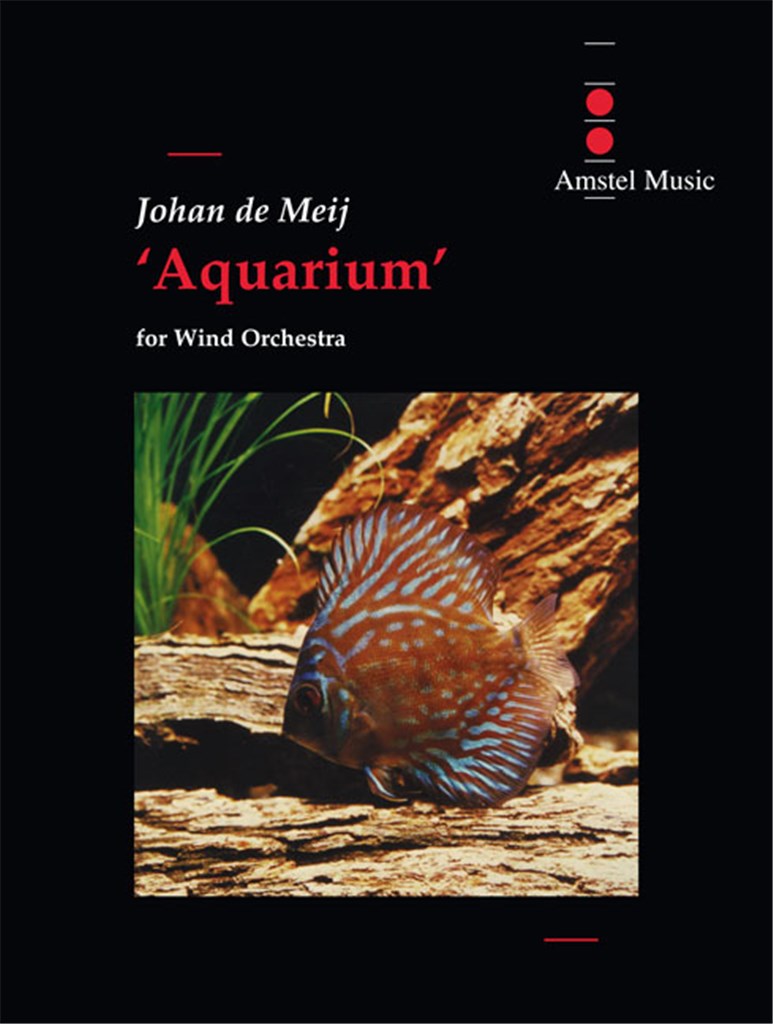Results
-
 £7.99
£7.9920 Chorale Arrangements (Eb Alto Saxophone) - De Boer, Sierd
Includes Komt Nu Met Zang, Cantico de la Creature and more
Estimated dispatch 7-14 working days
-
 £7.99
£7.9920 Chorale Arrangements (Bb Cornet) - De Boer, Sierd
Includes Komt Nu Met Zang, Cantico de la Creature and more
Estimated dispatch 7-14 working days
-
 £7.99
£7.9920 Chorale Arrangements (Bb Clarinet 2, 3) - De Boer, Sierd
Includes Komt Nu Met Zang, Cantico de la Creature and more
Estimated dispatch 7-14 working days
-
 £7.99
£7.9920 Chorale Arrangements (Bb Clarinet 1) - De Boer, Sierd
Includes Komt Nu Met Zang, Cantico de la Creature and more
Estimated dispatch 7-14 working days
-
 £7.99
£7.9920 Chorale Arrangements (Eb Clarinet) - De Boer, Sierd
Includes Komt Nu Met Zang, Cantico de la Creature and more
Estimated dispatch 7-14 working days
-
 £7.99
£7.9920 Chorale Arrangements (Flute) - De Boer, Sierd
Includes Komt Nu Met Zang, Cantico de la Creature and more
Estimated dispatch 7-14 working days
-
 £10.99
£10.9920 Chorale Arrangements (Score) - De Boer, Sierd
Includes Komt Nu Met Zang, Cantico de la Creature and more
Estimated dispatch 7-14 working days
-
 £23.99
£23.99Der Mond ist Aufgegangen (SATB Choral Octavo - Pack of 25) - De Haan, Jacob
The lyrics to Der Mond ist aufgegangen (The Moon Is Risen) come from Matthias Claudius, one of Germany's best-known poets. The 1779 poem with the original title Abendlied (Evening song) was set to music by Johann Abraham Peter Schulz and has become perhaps the most famous Abendlied in the German-speaking world. Johann de Haan has created a delightful arrangement of this poignant melody. The band can optionally be accompanied by a choir (Dutch and German texts are provided).
Estimated dispatch 7-14 working days
-
 £84.99
£84.99Der Mond ist Aufgegangen (Concert Band with Optional Choir - Score and Parts) - De Haan, Jacob
The lyrics to Der Mond ist Aufgegangen (The Moon Is Risen) come from Matthias Claudius, one of Germany's best-known poets. The 1779 poem with the original title Abendlied (Evening song) was set to music by Johann Abraham Peter Schulz and has become perhaps the most famous Abendlied in the German-speaking world. Johann de Haan has created a delightful arrangement of this poignant melody. The wind orchestra can optionally be accompanied by a choir (Dutch and German texts are provided).Duration: 3:30
Estimated dispatch 7-14 working days
-
 £128.00
£128.00Aquarium (Concert Band - Score and Parts) - De Meij, Johan
The Suite Aquarium is Johan de Meij's third composition for symphonic band and features six tropical fishes, each of them represented by a motif, and surfacing as such in several guises. The composition consists of three movements of which the second and third merge uninterruptedly into each other. I) Allegretto grazioso (Neon Tetra, Electric Eel and Angelfish) II) Andante / Adagio (Sea Horse and Zebrafish) III) Finale: Allegro giocoso (Guppy & Co.) The Neon Tetra motif functions as a kind of 'Leitmotiv' and describes the beautifully coloured, frisky fish: A number of variants have been derived from this theme and will also appear in the other movements. The Electric Eel in fact is not represented by a motif, but by a rhythm based on the restless electric pulses made audible in some aquaria. The Angel fish is represented by elegant cluster chords. In the second movement the Sea Horse emerges out of the water vegetation and starts a dialogue with the Zebrafish, which is represented by one melodic phrase in unison, getting more and more threatening by added parallel fifths and octaves. Simultaneously with the Sea Horse motif the Neon Tetra theme emerges, this time in 3/4 time and in Eb minor. The third movement starts with only two instruments (trumpet and xylophone), but as it is often the case with Guppies their number rapidly increases. Piccolo and Alto Saxophone introduce the Guppy Theme followed by several instrumental combinations. Every theme from the first movement 'swims by' once more, after which the principal motif leads us to a brilliant ending.Duration: 9.00
Estimated dispatch 7-14 working days
